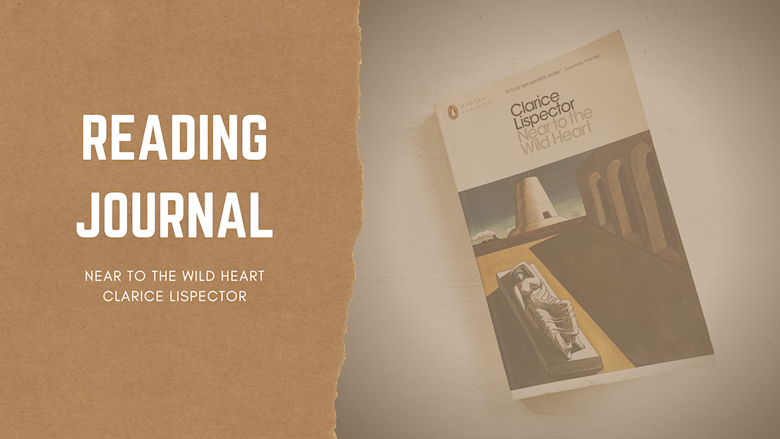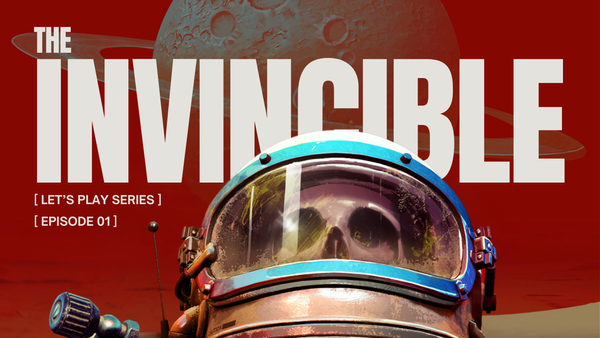Near To The Wild Heart — Clarice Lispector | Reading journal

I am all for the author indignantly rejecting the notion of her novel being Joycean.
(I have never read Ulysses.)Reading the brief introduction with at least some biographical details (albeit, I feel, not a fraction of the whole story) has made me very curious for the rest of Lispector’s life and literary work.
This novel, in all its strangeness, takes a little longer to read and comprehend, if just because its associations turn every which way at a moment’s notice. Joana is a very strange child, that’s for certain. And she reminds me of Keiko, the protagonist of Convenience Store Woman; because Joana does things because she can, and she doesn’t see the harm to others. But where Keiko lived with a family who did their best to love her out of being strange, Joana has lost both her parents and is about to be set to boarding school for her faults. A viper.
I love it when different characters and themes sort of find each other as I’m reading different novels; especially ones published so far apart and in different genres and styles. As it happens, I read another Japanese novels after this, Where the Wild Ladies Are, which then reminded me of this one in its portrayal of women breaking out of the status quo. So I’ll definitely do a piece on, as I like to call it, accidental intertextuality: texts in conversation with each other that’s not intended, but that nonetheless happens in the reader’s mind, because characters we get to know in texts live in conversation with each other in our reception of them.
A few quotes that resonated with me:
“She breathed in the warm, clear afternoon air and the part of her that needed water was still tense and stiff like someone waiting blindfolded for a gunshot.”
— p. 25
And there’s the hint (more than that) of an inappropriate teacher-student relationships, the sexualisation of her young form — done by him, done by her, done by the wife who knows.
The modernists, by and large are one thing first and foremost: horny. Sexuality being repressed at every turn only made them worse.
There are two passages that I read yesterday that I want to record here:
“She had no history, Joana slowly realised. Because if things happened to her, they were not her and didn’t mix with her true existence. The main thing — including last, present and future — was that she was alive […]. Things outsider of her had no doubt happened to her. […] Things happened to her. But they only intensified or weakened the burbling at her centre. [W]hy talk about facts and details if none of them dominated her? And if she was just the life that coursed through her body without ceasing?”
— p. 67
“One day she split into two, grew restless, started going out to look for herself. She went to places where men and women met. Everyone said: fortunately, she has woken up, life is short, she needs to make the most of it, she used to be lackluster, now she is somebody. No-one knew she was being so unhappy that she needed to go looking for life.”
— p. 68
This, especially, reminded me of Keiko: the notion that other people were so invested in even just the appearance of normalcy that they can’t see past the facade and see the unhappiness underneath.
“[For] the first time [she] suffered because she really had split into two, each part […] wishing for things that the other could no longer give. In truth, she had always been two, the one that had a slight idea that that she was and the one that actually was, profoundly. […] No the one that knew she was worked on her own, which meant that the woman was being unhappy and intelligent.”
— p. 69
In excising some of the tangents, I think the meaning becomes clearer. Not exactly clear, perhaps, but more precise. That’s the thing with Lispector’s stream of consciousness style, it takes you all over the world before circling back to the one at the centre of it. Joana represents here what I think a lot of marginalised identities, not just women, know. That feeling of splitting apart — in some way, a radicalisation — and waking up to the systems that keep us in place.
In that second quote, I had to think of Keiko again. I don’t think there’d be a particularly long intertextual piece in it, but it’s striking how, a century apart, in different cultures from tip to stern, women have to deal with the same nonsense talked about them (and their choices) still.
I read the rest of the novel in fits and starts over the span of an entire week, and as we were heading into our second lockdown, everything was a bit of a blur. But I finished it and I did enjoy it — it does get a lot clearer when there’s dialogue, in that the characters do speak plainly.
The POV switches quite unexpectedly and without announcement, and as annoyed as I was with Lidia and Otávio (though more so with him than with her), I enjoyed a glance at their interior lives.
There were a few more passages that caught my eye, but they did not stick in my mind enough for me to go seeking them out now. Perhaps on another re-read — this feels like a novel one ought to come back to every other year — I will remember them better, and understand them more. Or at least, find something in my own experience that will make the words familiar.




